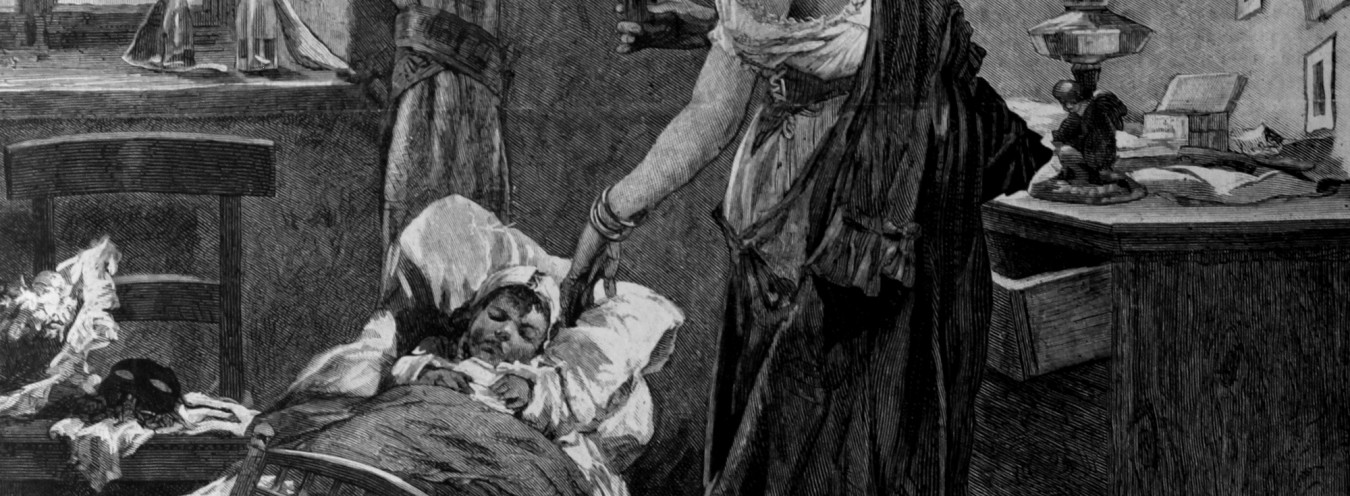
The Magdalenes
‘Aha!,’ [Wokulski] said, ‘the letter of my penitent and her guardian.’ (239)
The Magdalenes was the popular name of the Sisters of St Mary Magdalene in Penitence, who ran asylums for women with a past; in the Polish language, the term was used to refer not only to the guardians, but to their penitents as well. The congregation had its Warsaw seat at Żytnia 1. The 1873 guidebook to Warsaw states that this privately-financed institution provides shelter for women who have fallen from the grace of God, but want to regain it. To this purpose, the Magdalenes give them proper care and moral encouragement till the penitent is convincingly improved; next, they ensure her well-being by finding her a fitting position, but even then do not stop supervising her progress.
In The Doll, Wokulski asks the Magdalenes by letter to help a 19-year-old prostitute, Maria. He is kept up-to-date about her conduct and results of her practical training in sewing. Maria is reported to be pious and obedient. After she leaves the asylum, she settles down and gets married.
In honour of its Patron Saint, the congregation’s iconography features not only the cross mounted on rock, but also St Mary Magdalene’s attributes: a lily as a symbol of purity and reformation and a jar of ointment for anointing Jesus Christ’s feet. Magdalene nuns wear habits and grey veils.
→ Charity; → Maria (Marianna);
Bibliografia
- F. M. Sobieszczański, W. Szymanowski, Przewodnik po Warszawie, prefaced by F. Fryze and I. Chodorowicz, Warsaw 1873.
- J. Mandziuk, Historia Kościoła katolickiego na Śląsku, vol. 1, Warsaw 2003.
- B. Obsulewicz-Niewińska, „Nieobałamucona” wrażliwość. Pisarze okresu pozytywizmu o filantropii i miłosierdziu, Lublin 2008.



